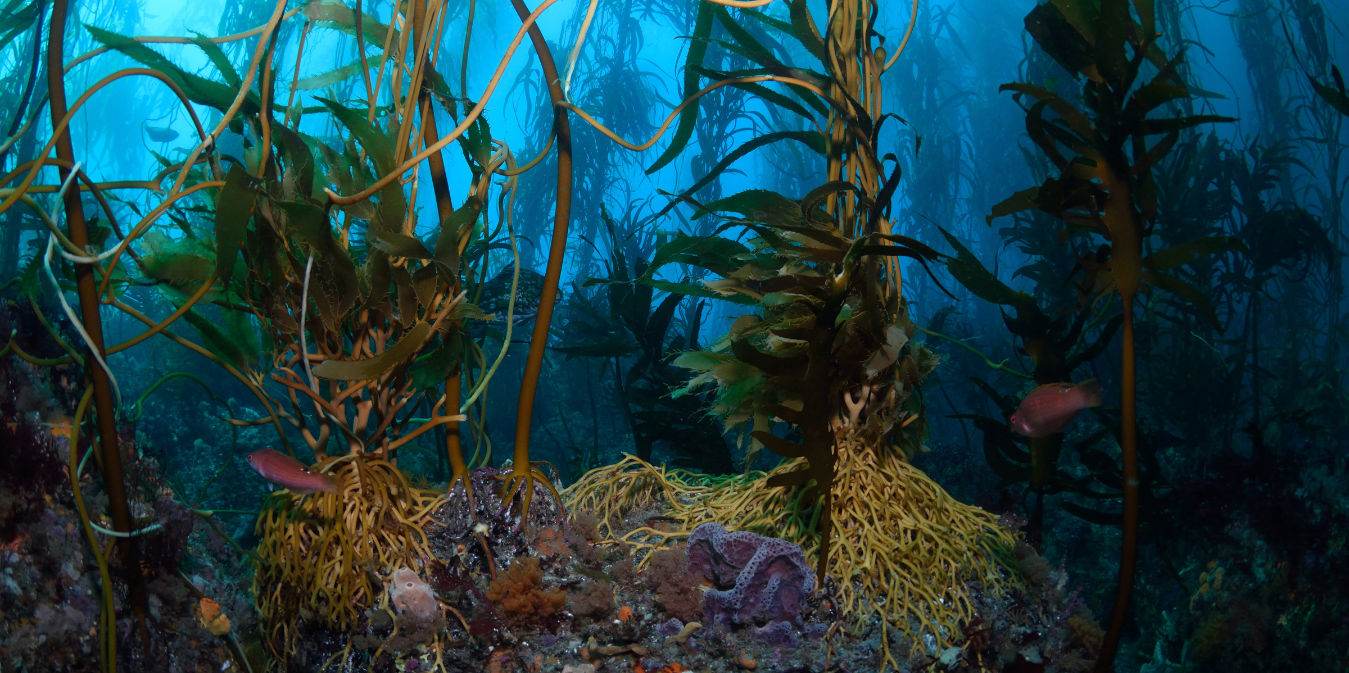
Issue Area
Blue Carbon
Overview
Blue carbon ecosystems — ocean and coastal ecosystems that naturally capture carbon — can sequester and store more carbon per unit area than terrestrial forests. As we lose blue carbon ecosystems such as mangroves, salt marshes, and kelp forests, stored carbon is released back into the atmosphere, effectively creating an additional source of greenhouse gas emissions.
To ensure that coastal ecosystems can continue to capture and store carbon, immediate conservation and restoration efforts are needed. At the state level, legislators can enact policies to advance conservation and restoration efforts.
Key Facts
Salt marshes and mangroves can remove carbon from the atmosphere at a rate 10 times greater than tropical forests.
Blue economies across the country contribute $373 billion to the nation’s gross domestic product and support 2.3 million jobs.
Healthy coastal ecosystems serve as nursery and spawning grounds for many marine species, including species in commercial and recreational fisheries.
